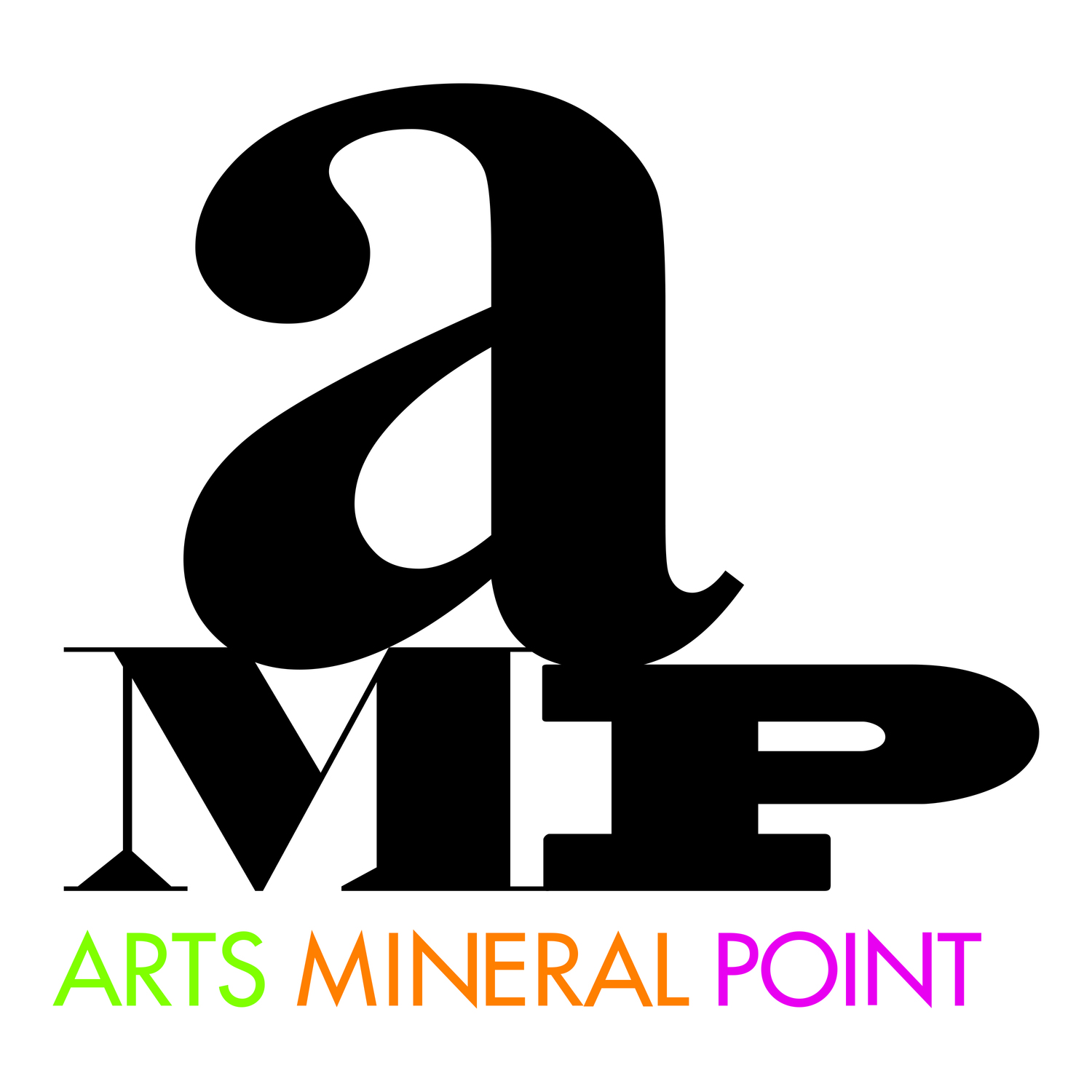Prof. Jamie Ross observes "Prairie Joint"
Public art is as old as civilization. And while different cultures erect public art for many different reasons, the mere existence of public art is a good reason to visit any place. The opportunity to create and display public art, is also a good reason for an artist to stay in that place.
Sculpture walks aren't new. Many communities have established successful sculpture walks. These outdoor, linear exhibits are typically erected on side walks along a main street, or along rivers or lakes. Artists are invited to create and erect sculptures, and exhibit them on a periodic basis. Sculptures are judged, awards are granted. Sculptures are available for sale. A part of the proceeds benefits the sponsoring organization.
Since the side walks in Mineral Point pass by numerous historic buildings that already draw many visitors by themselves, we thought that there might actually be too much to see, if we erected sculptures along the sidewalk.
Sculpture Parks are commonly majestic, permanent parks, with large permanent installations. These parks become individual attractions. They require a large initial investment with high long-term operating expenses. While expensive, they create unique, tranquil spaces.
We decided to combine the best of both worlds. Through the inspiration of Prof. Jamie Ross and under the direction of sculptor Peter Flanery, we are creating a network of intimate "pocket" or "micro" parks. The first, the High Point Arts Sculpture Park, was established on land provided by Prof. Ross. It served as the prototype for more to follow. While each park will be unique in design, location and composition, all parks will share these common traits:
They will be erected on "borrowed" under-utilized land. Owners of these parcels are allowing us to erect sculptures and do mild landscaping for a finite amount of time--at no cost to them. The real benefit for owners is a beautified parcel that will contribute to the cultural landscape of the town.
The parks will be in walking distance of downtown: they will create a sculpture walking tour that will intertwine the historic district. Visitors will pass-by shops, galleries and restaurants as they travel from park to park.
Visitors now enjoy public art at the NW corner of High and Commerce and in front of the Walker House at the corner of Water Street and Old Darlington Road.


